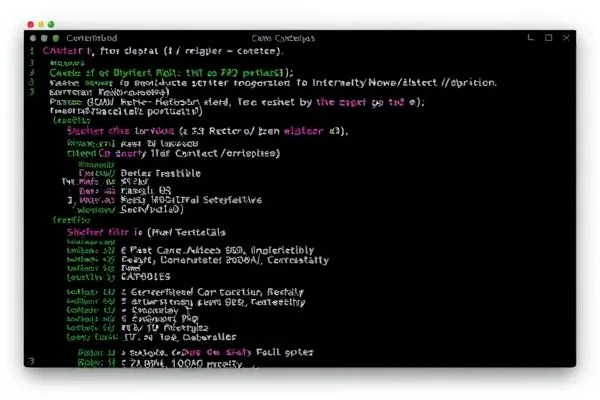The infiltration of software supply chains by cybercriminals has become a critical issue, as seen in the recent surge of activities by North Korean threat actors. This blog post examines how these hackers are deploying BeaverTail malware via malicious npm packages and the threats posed to developers trying to navigate an increasingly perilous environment.
Key Takeaways:
- ✅ North Korean hackers exploit npm by disseminating malware through compromised packages.
- ✅ Their advanced evasion techniques complicate detection efforts.
- ✅ Social engineering strategies target job seekers in the tech industry.
- ✅ Developers can mitigate risks by understanding and adopting best security practices.
The Emergence of BeaverTail Malware
In the evolving landscape of cybersecurity threats, have you ever wondered about the sophisticated methods cybercriminals employ? The recent emergence of BeaverTail malware by North Korean hackers highlights the lengths these actors will go to infiltrate software ecosystems. This malware is being disseminated through 11 malicious npm packages, including the likes of empty-array-validator and dev-debugger-vite, amassing over 5,600 downloads prior to their removal.
By employing hexadecimal string encoding, these malicious packages cleverly evade detection from automated systems and manual assessments, showcasing the adaptive tactics of cyber threats. This clever obfuscation technique poses significant challenges for developers and security professionals, allowing the threat actors to exploit vulnerabilities within the npm registry. With social engineering tactics camouflaged as recruitment efforts, unsuspecting developers find themselves in a precarious position.
Understanding Remote Access Trojans and Cyber Risk
The deployed npm packages also function as Remote Access Trojans (RATs), enabling hackers to maintain ongoing control over compromised systems. This capability facilitates not only the theft of sensitive data but also broader financial exploitation by threat actors. The connections among BeaverTail, the newly identified Tropidoor backdoor, and the Lazarus Group’s extended strategies illustrate a concerning pattern of advanced persistent threats (APTs).
Tropidoor, a newly uncovered backdoor utilized by attackers, can execute a variety of harmful functions, including gathering system data, controlling processes, and eradicating files. This alarming versatility underscores the potential damage malware such as BeaverTail can inflict, emphasizing the need for stringent security practices among developers and organizations.
Strategies for Combatting Supply Chain Attacks
Considering the increasing sophistication of North Korean hackers, developers and organizations must prioritize reinforcing their cybersecurity measures. Employing tools for automated dependency management and consistently monitoring third-party packages can greatly mitigate risk profiles.
In collaboration with established cybersecurity platforms and by utilizing reports from reputable sources, developers can gain valuable insights and enhance their defenses against these evolving threats. Awareness of social engineering techniques is also essential for effectively countering infiltration attempts and safeguarding development environments.
In summary, the persistent challenges posed by sophisticated malware like BeaverTail through malicious npm packages highlight the pressing need for robust cybersecurity protocols. As cyber threats continue to evolve, ongoing education and proactive strategies become crucial in protecting sensitive infrastructure and data.
FAQs:
- What is BeaverTail malware?
BeaverTail refers to malware employed by North Korean hackers to steal sensitive data and maintain unauthorized access to compromised systems. - How can developers secure themselves against malicious npm packages?
Developers should verify the legitimacy of npm packages, use automated validation tools, and routinely audit their projects for unwanted dependencies. - What are Remote Access Trojans (RATs)?
RATs are malicious tools used by cybercriminals to access and control computers without authorization, often for espionage or data theft purposes. - How do social engineering techniques affect cybersecurity?
Social engineering manipulates individuals into divulging confidential information, so training and policy adherence are key to minimizing risks.









